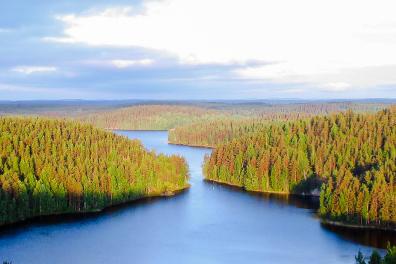Finnish
This page has been translated automatically.
Finnish is spoken mainly in Finland, where it is the mother tongue of the majority of the population. It also has official status as a minority language in Sweden.
With around 5 million speakers, Finnish is the second Finno-Ugric language after Hungarian. It belongs to the same Fennic subgroup as Estonian and other smaller-community languages in Latvia (Live) and Russia (Karelian, Ingrian, Vepse, Voting).
Finnish is spoken mainly in Finland, where it is the mother tongue of the majority of the population. It also has official status as a minority language in Sweden.
With around 5 million speakers, Finnish is the second Finno-Ugric language after Hungarian. It belongs to the same Fennic subgroup as Estonian and other smaller-community languages in Latvia (Live) and Russia (Karelian, Ingrian, Vepse, Voting).

Licence LLCER de finnois 2023-2024 (614.82 KB, .pdf)
Parcours finnois du master 2023-2024 (462.13 KB, .pdf)